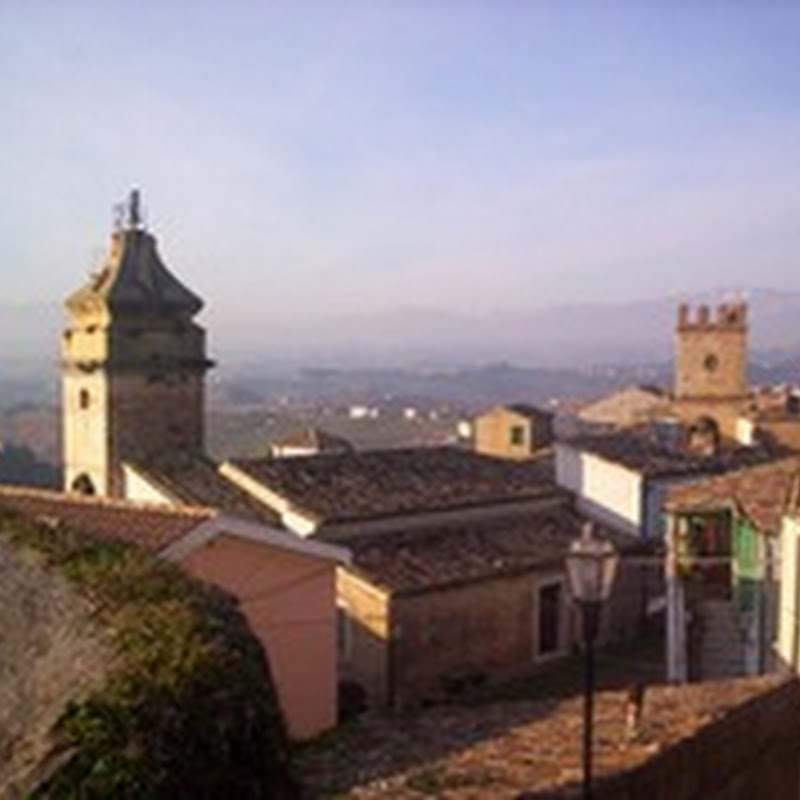Mount Etna is one of the most active volcanoes in the world and is in an almost constant state of activity.
The fertile volcanic soils support extensive agriculture, with vineyards and orchards spread across the lower slopes of the mountain and the broad Plain of Catania to the south. Due to its history of recent activity and nearby population, Mount Etna has been designated a Decade Volcano by the United Nations.
Mount Etna is an active stratovolcano on the east coast of Sicily, close to Messina and Catania. Its Arabic name was Jebel Utlamat (the Mountain of Fire).
Etna covers an area of 1,190 km² (460 sq mi) with a basal circumference of 140 km. This makes it by far the largest of the three active volcanoes in Italy, being about two and a half times the height of the next largest, Mount Vesuvius.
Volcanic activity first took place at Etna about half a million years ago, with eruptions occurring beneath the sea off the ancient coastline of Sicily. 300,000 years ago, volcanism began occurring to the southwest of the present-day summit, before activity moved towards the present center 170,000 years ago.
Eruptions at this time built up the first major volcanic edifice, forming a strato-volcano in alternating explosive and effusive eruptions. The growth of the mountain was occasionally interrupted by major eruptions leading to the collapse of the summit to form calderas.
From about 35,000 to 15,000 years ago, Etna experienced some highly explosive eruptions, generating large pyroclastic flows which left extensive ignimbrite deposits. Ash from these eruptions has been found as far away as Rome, 800 km to the north.
Thousands of years ago, the eastern flank of the mountain experienced a catastrophic collapse, generating an enormous landslide in an event similar to that seen in the 1980 eruption of Mount St. Helens. The landslide left a large depression in the side of the volcano, known as 'Valle del Bove' (Valley of the Ox). Research published in 2006 suggests that this occurred around 6000 BC, and caused a huge tsunami which left its mark in several places in the eastern Mediterranean. It may have been the reason that the settlement of Atlit Yam (Israel), now below sea level, was suddenly abandoned around that time.
The fertile volcanic soils support extensive agriculture, with vineyards and orchards spread across the lower slopes of the mountain and the broad Plain of Catania to the south. Due to its history of recent activity and nearby population, Mount Etna has been designated a Decade Volcano by the United Nations.
Mount Etna is an active stratovolcano on the east coast of Sicily, close to Messina and Catania. Its Arabic name was Jebel Utlamat (the Mountain of Fire).
Read more: Volcanoes In Italy, All Located In The South Of The Country.It is the largest active volcano in Europe, currently standing 3,329 metres (10,922 ft) high, though this varies with summit eruptions; the mountain is 21 m (69 ft) lower now than it was in 1981. It is the highest mountain in Italy south of the Alps.
Etna covers an area of 1,190 km² (460 sq mi) with a basal circumference of 140 km. This makes it by far the largest of the three active volcanoes in Italy, being about two and a half times the height of the next largest, Mount Vesuvius.
Volcanic activity first took place at Etna about half a million years ago, with eruptions occurring beneath the sea off the ancient coastline of Sicily. 300,000 years ago, volcanism began occurring to the southwest of the present-day summit, before activity moved towards the present center 170,000 years ago.
Eruptions at this time built up the first major volcanic edifice, forming a strato-volcano in alternating explosive and effusive eruptions. The growth of the mountain was occasionally interrupted by major eruptions leading to the collapse of the summit to form calderas.
From about 35,000 to 15,000 years ago, Etna experienced some highly explosive eruptions, generating large pyroclastic flows which left extensive ignimbrite deposits. Ash from these eruptions has been found as far away as Rome, 800 km to the north.
Thousands of years ago, the eastern flank of the mountain experienced a catastrophic collapse, generating an enormous landslide in an event similar to that seen in the 1980 eruption of Mount St. Helens. The landslide left a large depression in the side of the volcano, known as 'Valle del Bove' (Valley of the Ox). Research published in 2006 suggests that this occurred around 6000 BC, and caused a huge tsunami which left its mark in several places in the eastern Mediterranean. It may have been the reason that the settlement of Atlit Yam (Israel), now below sea level, was suddenly abandoned around that time.




















